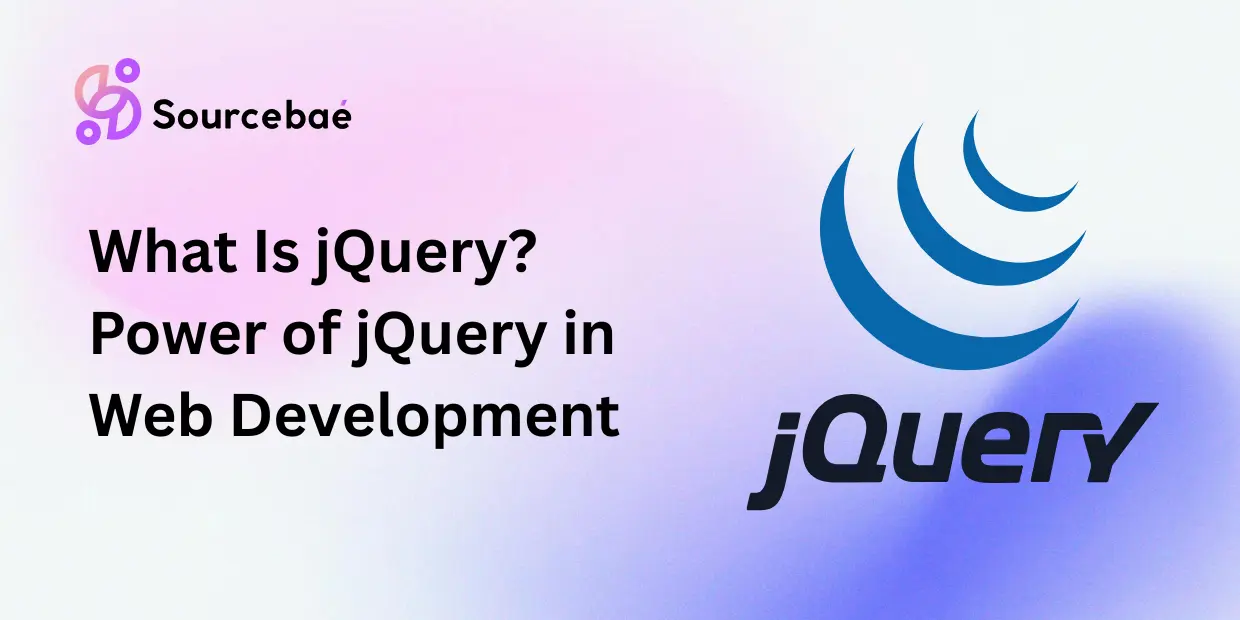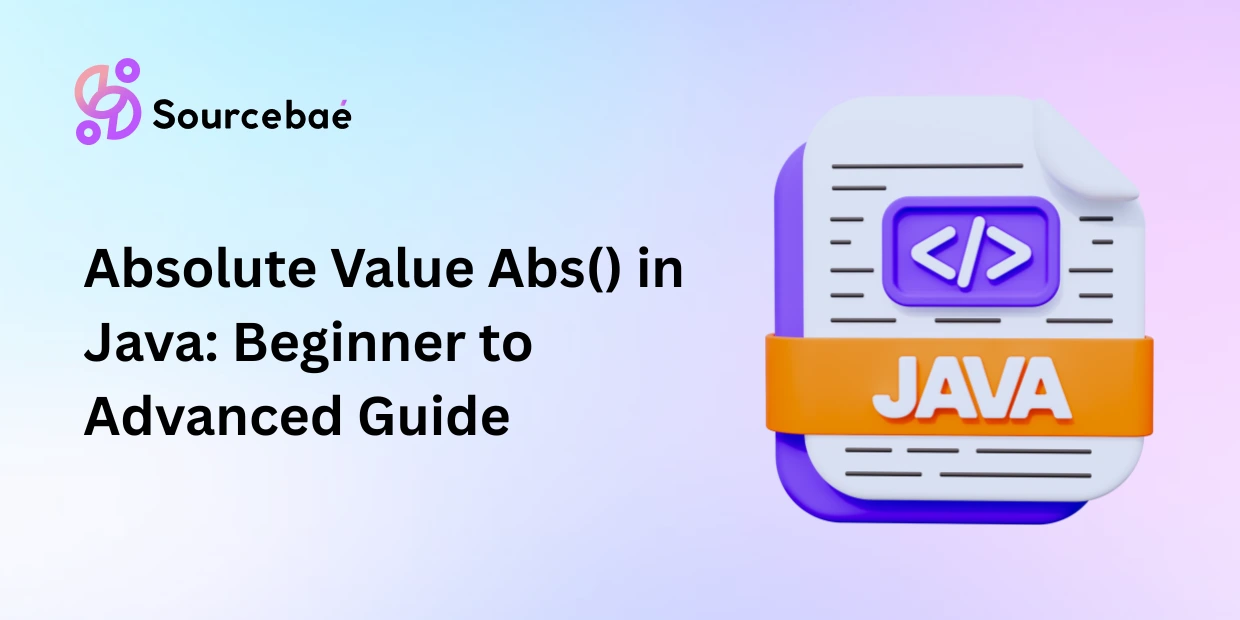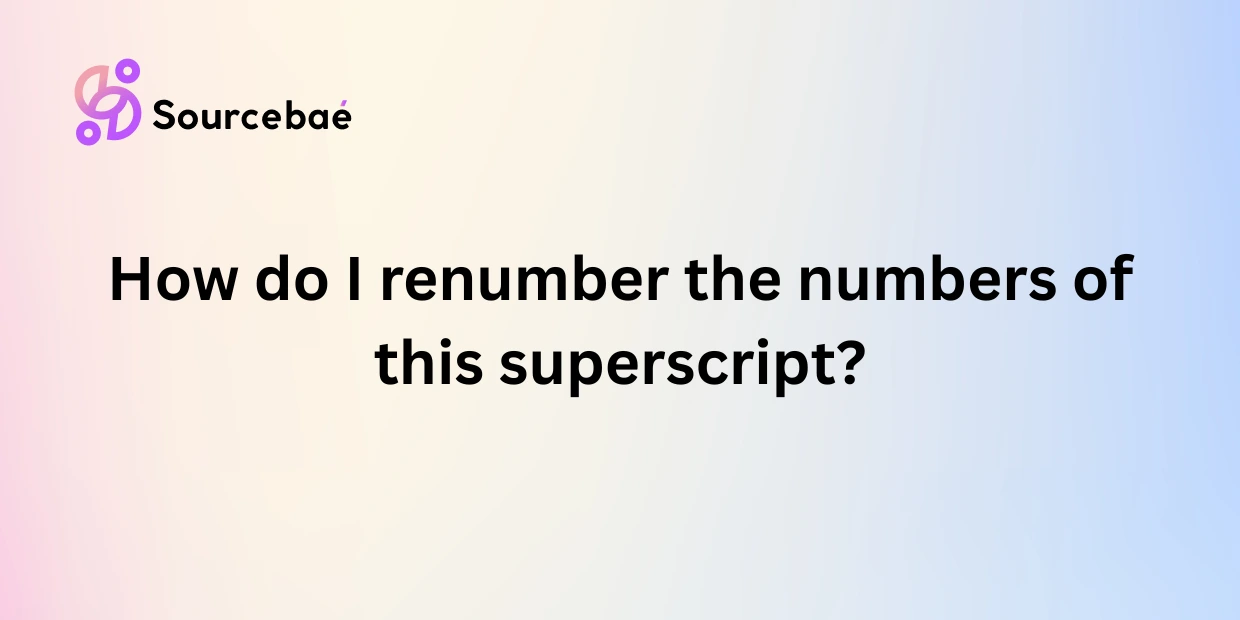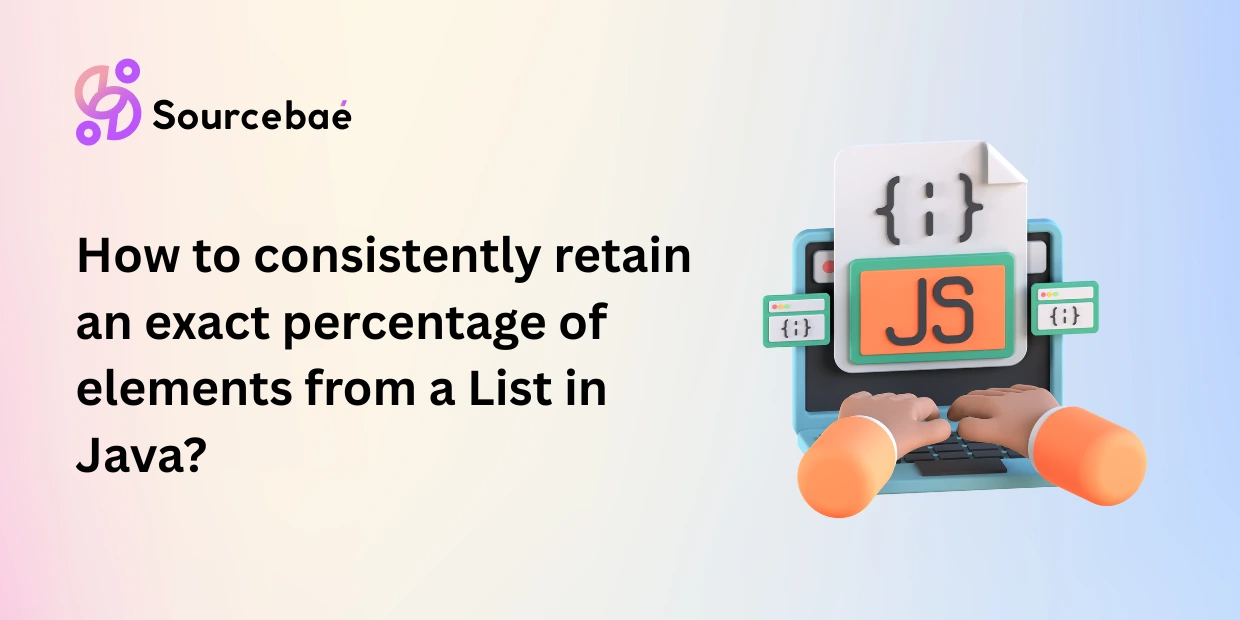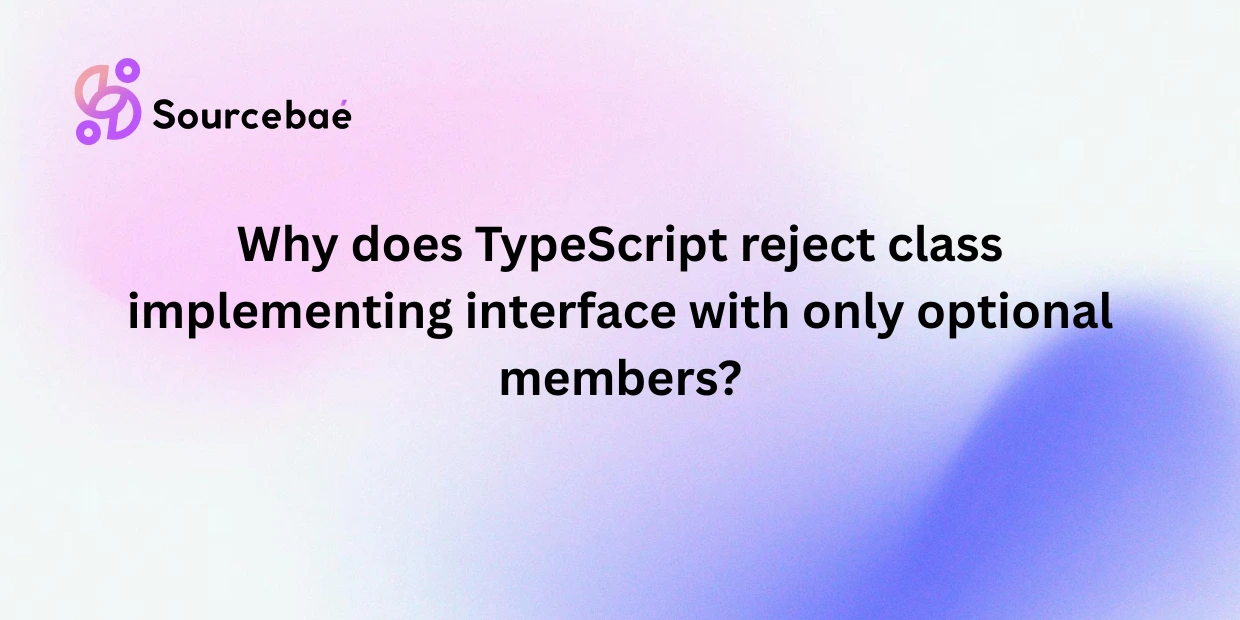In the dynamic world of web development, staying ahead with efficient and effective tools is essential. One such tool that has revolutionized the way developers work is jQuery. If you’ve ever wondered What Is jQuery?, you’re about to embark on a journey that will unveil the power and versatility of this JavaScript library. Let’s delve into the world of jQuery and see how it can enhance your web development projects.
What Is jQuery? A Glimpse into Its Essence
At its core, jQuery is a fast, small, and feature-rich JavaScript library. It simplifies HTML document traversing, event handling, animating, and AJAX interactions for rapid web development. It is designed to make the client-side scripting of HTML easier, providing an intuitive way to manipulate the Document Object Model (DOM), create animations, handle events, and perform asynchronous communication with servers.
Why Choose jQuery? Advantages That Set It Apart
jQuery brings a plethora of advantages to the table, making it a preferred choice among web developers:
- Simplicity: jQuery’s syntax is concise and easy to understand, allowing developers to achieve complex functionalities with minimal code.
- Cross-Browser Compatibility: jQuery ensures consistent behavior across different browsers, saving developers from the headache of browser-specific issues.
- DOM Manipulation: With jQuery, manipulating the DOM becomes straightforward, enabling dynamic content changes without page reloads.
- Animation and Effects: Creating stunning animations and visual effects is a breeze using jQuery’s built-in functions.
- Event Handling: Managing user interactions and events is simplified, enhancing the overall user experience.
- AJAX Support: Asynchronous communication is made effortless, enabling seamless data exchange between the client and server.
- Plugins Galore: jQuery boasts a vast collection of plugins contributed by the community, extending its capabilities even further.
jQuery’s Core Features Unveiled
Let’s dig deeper into some of the core features that define jQuery:
Selectors and Traversing
jQuery’s selectors allow developers to efficiently target elements on a web page using CSS-like syntax. Traversing, on the other hand, lets you move through the DOM to access and manipulate elements precisely.
Event Handling Made Simple
Handling user interactions and events is pivotal for creating interactive web applications. jQuery streamlines this process by offering methods to bind event handlers and manage events effectively.
Animation and Effects
Creating engaging animations and effects adds a dynamic touch to websites. jQuery’s animation functions enable you to smoothly transition elements, fade in/out, and create captivating visual experiences.
AJAX for Seamless Communication
Asynchronous JavaScript and XML (AJAX) is integral for fetching and updating data without disrupting the user’s experience. jQuery provides a suite of methods to facilitate AJAX interactions with ease.
DOM Manipulation and Modification
Manipulating the DOM is crucial for dynamic content updates. jQuery simplifies this by providing methods to add, remove, or modify elements and their attributes.
jQuery in Action: Real-World Use Cases
To truly understand the impact of jQuery, let’s explore a couple of real-world use cases where jQuery shines:
Interactive Form Validation
jQuery’s event handling and DOM manipulation capabilities make it an ideal choice for form validation. You can create real-time validation feedback for users, enhancing the overall user experience.
Image Sliders and Carousels
Building image sliders and carousels becomes a breeze with jQuery’s animation and effects features. You can create visually appealing presentations that captivate your audience.
FAQs About jQuery
Q: What Is jQuery primarily used for?
A: jQuery is primarily used to simplify client-side scripting tasks, such as DOM manipulation, event handling, animations, and AJAX interactions.
Q: Is jQuery still relevant in modern web development?
A: Absolutely! While newer frameworks have emerged, jQuery remains relevant due to its ease of use, vast plugin ecosystem, and cross-browser compatibility.
Q: Are there any alternatives to using jQuery?
A: Yes, there are alternatives like React, Vue.js, and Angular. However, jQuery’s lightweight nature and specific use cases continue to make it a valuable tool.
Q: Is jQuery a separate language?
A: No, jQuery is not a separate language. It’s a JavaScript library designed to simplify various scripting tasks and enhance web development.
Q: How can I include jQuery in my project?
A: You can include jQuery in your project by either downloading it and linking to it locally or using a Content Delivery Network (CDN) link.
Q: Can I use jQuery with other JavaScript frameworks?
A: Yes, you can use jQuery alongside other JavaScript frameworks. However, it’s essential to consider compatibility and potential conflicts.
Conclusion
In the realm of web development, understanding What Is jQuery? opens doors to a world of efficient coding, dynamic interactions, and captivating animations. With its user-friendly syntax and comprehensive features, jQuery continues to be a powerful tool for developers looking to enhance their projects. By simplifying complex scripting tasks, jQuery empowers developers to create seamless, engaging, and responsive web applications.
If you’re a developer aiming to land a job at top tech companies, Sourcebae is here to make it easier for you. Simply create your profile, share your details, and let us take care of the rest—from matching you with the right opportunities to guiding you through the hiring process.

